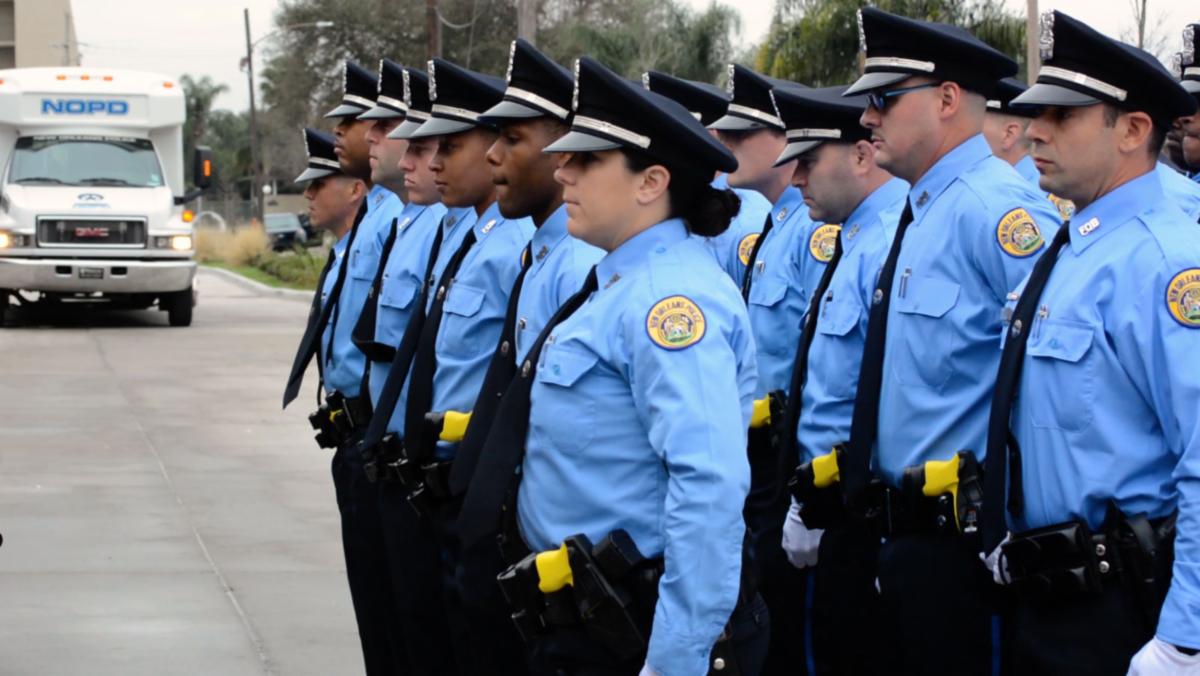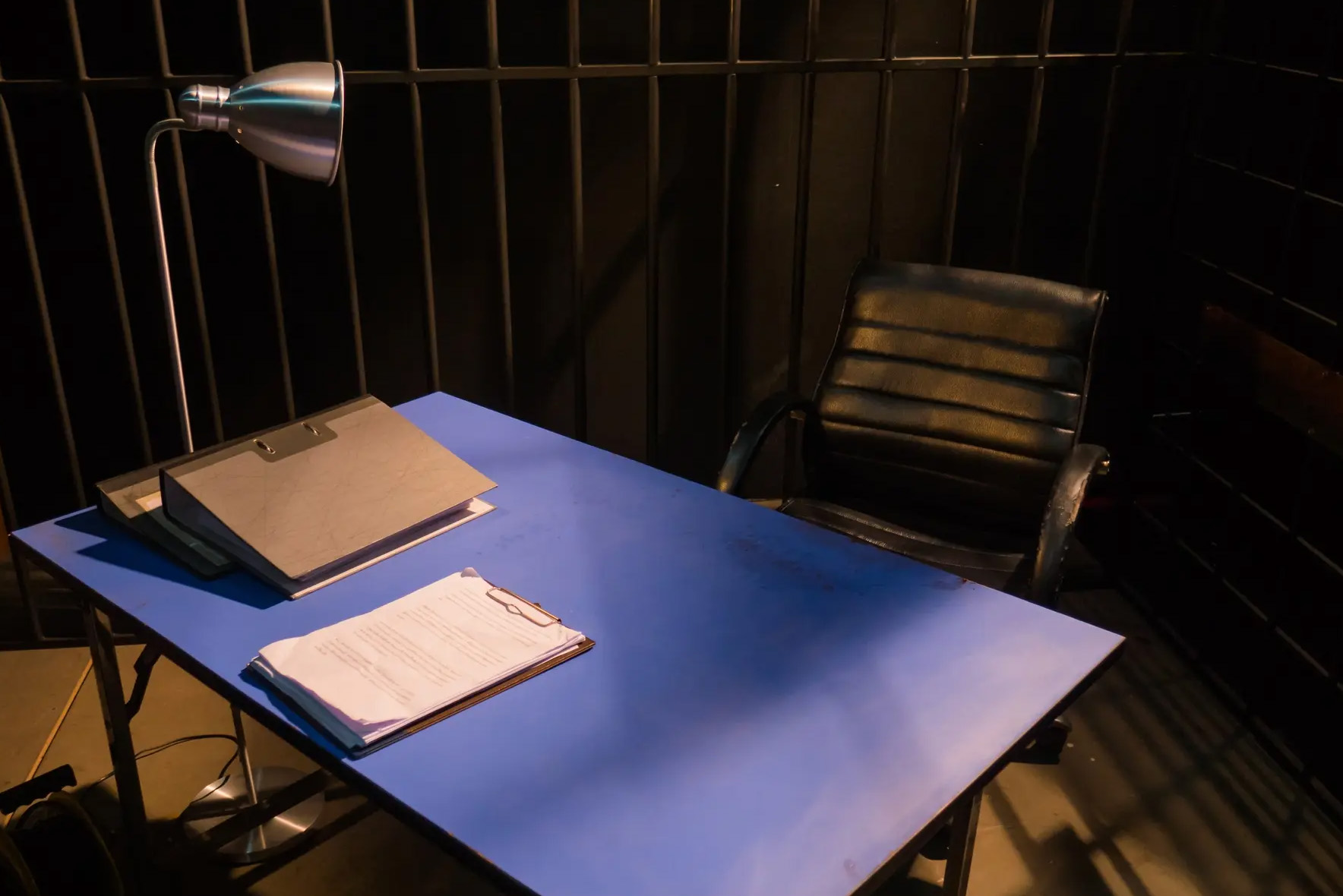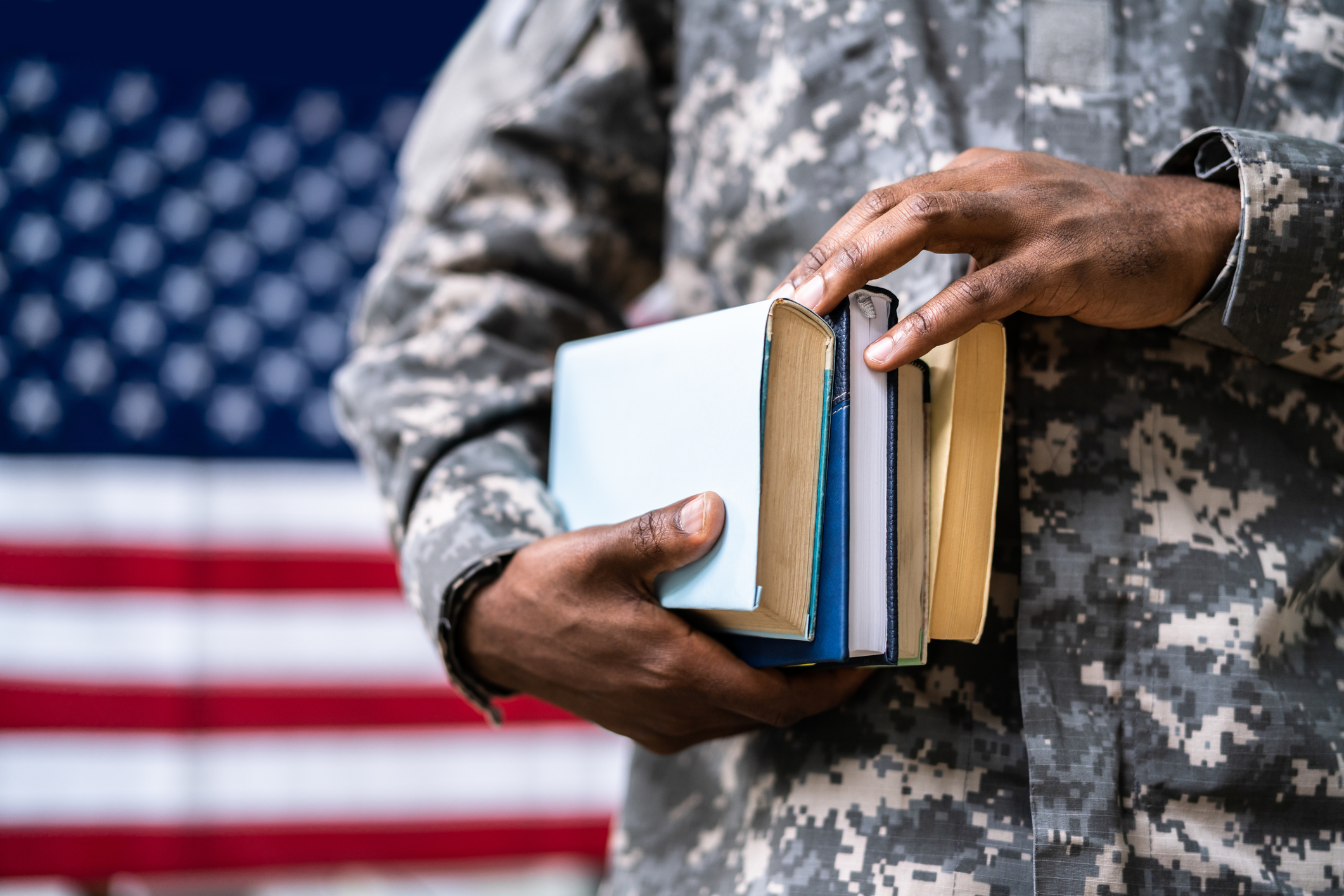How William Pelfrey and the ABLE program are transforming officer intervention to rewrite police conduct and accountability
Following notorious cases of unwarranted police brutality, a common denominator is the lack of intervention from fellow officers who witness their peers use excessive force on a suspect. A refusal to intervene or apathy towards these actions repeatedly places suspects in grave danger and often leads to tragic results. In the case of George Floyd, three junior officers stood by while Derek Chauvin knelt on Floyd’s neck for nearly nine minutes. Every officer in that situation failed in their duties to serve and protect a vulnerable citizen. These incidents directly lead to public mistrust and damage perceptions of law enforcement.
The George Floyd tragedy, along with a series of other fatal incidents, such as the death of Tyre Nichols, are reframing mandatory ethics and peer intervention training for police departments across the nation. The New Orleans Police Department developed the Ethical Policing is Courageous (EPIC) program. But unlike other ethics training programs that encouraged intervention, EPIC was notable in that it trained officers on how to intervene in escalating situations, focusing on problem-solving learning as a core component. The implementation of the EPIC program included a training extension called the Active Bystander Law Enforcement (ABLE) program.
Changing the code
ABLE is a police training model built to teach officers intervention and de-escalation tactics. Wilder School professor William Pelfrey, Ph.D., of the criminal justice and homeland security and emergency preparedness programs, developed the first published study on the ABLE program.
“I do research that is usually program evaluation, and I'm specifically interested in programs that make the police more effective, efficient, and enhance safety,” said Dr. Pelfrey.
“A lot of the research I've done is around community policing and around use of force, particularly use-of-force training and policy, so I'm always looking for perspectives that will make the police better at their job,” he explained.
The data has convinced Pelfrey that when police perform their job responsibly and safely, community trust is fostered and reinforced. When community members see law enforcement as a reliable public resource rather than an occupying army or the enemy, then they are more likely to engage in community policing, aid in investigations and share information.
But what do officers think about the ABLE program, and are they willing to apply what they learn in the ABLE training? These are the questions Dr. Pelfrey answers in his research study, Sergeant Coffee Needs You: Evaluation of a Police Officer Bystander Intervention Program.
ABLE has been successfully administered in over 350 law enforcement agencies across the nation; therefore, when the program reached Mid-Atlantic region police agencies, it offered Dr. Pelfrey a unique research opportunity to evaluate program efficacy. Utilizing a mixed methods approach, he incorporated both survey and qualitative data to gather officer and administrator perspectives at the early and late phases of ABLE implementation.
The courage to intervene
In his study, he focused on a particular urban police department that trained approximately ninety-eight percent of its officers in ABLE intervention techniques. Dr. Pelfrey recalls one particular technique using code words, “Sergeant Coffee needs you,” which instructs officers to step aside and let another officer take over. “The first officer cools off and regains their objectivity,” he explained. “The intervening officer can then take over.” The ABLE program teaches officers to intervene when they observe another officer unnecessarily escalating a situation that is otherwise normal into a violent one. Sometimes that’s difficult, especially when a junior officer is expected to intervene with a senior officer.
Dr. Pelfrey spoke with officers prior to implementation and found that many were hesitant about the intervention program. “Most are resistant to change, especially with police when addressing a use of force scenario,” he said. “Most people think they’re good at their jobs. It’s hard to realize when you’ve lost your objectivity.”
Initially, when confronted with a new policy, the police officers in Pelfrey’s study found it challenging to conceptualize how ABLE techniques would be put into practice. One year after the program was implemented, Pelfrey found officers’ and administrators’ perceptions had changed.
“You hear about it in theory, in the abstract, and sometimes you think the worst about it,” he explained, “but once you see it in action, you realize this is a pretty good idea. This can make a difference. This is the kind of thing that will help everybody.”
One year after early-phase data collection, Pelfrey questioned the officer focus groups and found that they were largely supportive of the de-escalation training and felt it had high utility with suspects. Sixty-five percent, or 49 participants, indicated that the agency needed an officer intervention program. Eighty-five percent of participants felt that the agency benefited from de-escalation training. Seventy-five percent of participants felt all agencies would benefit from de-escalation training. When asked how often they had actually intervened with another officer, the results were similar, with 19% stating zero times and the remainder, 81%, indicating at least one intervention.
Overcoming obstacles
This research is the first of its kind on police de-escalation and bystander intervention, although it is not without some limitations. Pelfrey’s study was conducted in a single urban agency, which may not be representative of other police departments. Agencies that have faced use-of-force violations in the past and those with ingrained, unchecked cultures of misconduct will be more difficult to convince of the benefits of the ABLE program. Some individuals may be unwilling to change their approaches due to confidence in their current methods. Pelfrey agrees that when training programs like ABLE are adopted on a wide scale, the majority of officers will likely recognize the program's merit and will facilitate a safer culture and environment for both suspects and officers. “You’re never going to get everybody to buy into everything,” said Pelfrey, “but if you get most officers in most agencies on board, then over time it will change.”
Pelfrey hopes his research will influence police academies nationwide to begin teaching officer intervention, making it a common practice. He believes the ABLE program will enhance officer safety, reduce the number of injuries and deaths of suspects, and strengthen trust and respect between police and the community. He also hopes policy makers and community leaders will make ABLE and similar intervention training programs a mandatory policy when police chiefs and superintendents refuse to do so.



